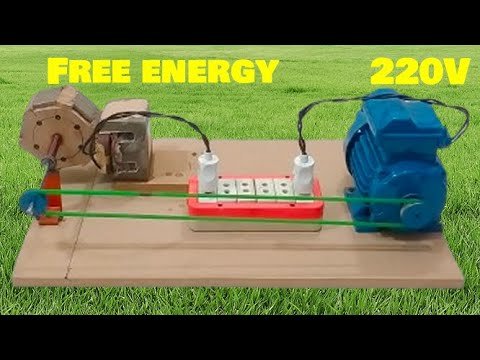In the realm of power electronics, the Output Reactor of Inverter stands as a pivotal component, playing a crucial role in the smooth operation of the entire system. As we delve into the intricacies of this subject, we aim to provide an in-depth, comprehensive understanding of the output reactor, its functions, and its significance in the inverter system.
The output reactor, also known as the load reactor, is essentially an inductive component that is strategically placed between the inverter and the motor. Its primary function is to protect the motor from harmful high-frequency currents and voltage spikes that are often generated by the inverter. This is achieved by reducing the rate of voltage change (dV/dt), thereby mitigating the potential damage to the motor insulation.
Moreover, the output reactor also plays a significant role in reducing the harmonic distortion in the system. By limiting the current flow, it effectively curbs the harmonic content, ensuring the overall efficiency and longevity of the inverter system.
In terms of construction, the output reactor is typically composed of a magnetic core and a coil. The magnetic core is designed to provide a path for the magnetic flux, while the coil, made of copper or aluminum, carries the current. The design and construction of the output reactor are critical factors that determine its impedance, and consequently, its effectiveness in protecting the motor and reducing harmonic distortion.
In the broader context of power electronics, the output reactor of an inverter is not just a component; it is a safeguard that ensures the optimal performance and longevity of the system. By mitigating potential damage and reducing harmonic distortion, it significantly enhances the efficiency and reliability of the inverter system.
In conclusion, the output reactor of an inverter is a testament to the intricate and sophisticated nature of power electronics. Its role in protecting the motor and reducing harmonic distortion underscores its importance in the overall system. As we continue to advance in the field of power electronics, the output reactor will undoubtedly remain a critical component, shaping the future of inverter technology.
CHOOSING THE APPROPRIATE OUTPUT REACTOR FOR AN INVERTER
When the cable length of an inverter ‘s output reactor is extended, the module’s current alteration can induce a capacitive current, which may subsequently trigger the inverter’s output reactor. A substantial current output could potentially cause the inverter to trip. In such instances, it becomes imperative to install an output reactor. This is due to the fact that the inverter’s interior, along with its input and output lead wires, possess a certain degree of capacitance to the ground. Moreover, this particular series of inverters is a low-noise variant with an elevated carrier frequency, and the inverter’s leakage current to the ground is substantial, especially for larger capacity inverters.
This could potentially result in the malfunctioning of the protection circuit. To address this issue, a leakage protector should be installed, in addition to reducing the carrier frequency and shortening the lead wire. When installing a leakage protector, it is crucial to note that it should be placed at the inverter’s input side and behind the MCCB. The action current of the leakage protector should be more than ten times the leakage (the cumulative leakage of the circuit, radio noise filter, motor, etc.) when the circuit is not equipped with an inverter.
FACTORS TO CONSIDER WHEN SELECTING A MOTOR
- In the vector control model, a single inverter cannot power two or more motor units. When a high starting torque is required, it is advisable to utilize the vector control mode. Compared to a standard commercial power supply, the inverter’s starting torque should be selected with a capacity allowance. In situations requiring less notice, the carrier frequency should be set higher, hence, a larger capacity allowance is necessary.
COMPONENTS REQUIRING PERIODIC REPLACEMENT
To ensure the longevity of the inverter’s internal parts and components, they should be replaced or repaired periodically based on their lifespan. The lifespan of the inverter’s electronic parts is contingent on the environment and operational conditions. Typically, when the inverter is in continuous operation, parts should be replaced as per the guidelines provided in the table below. However, this also depends on the working environment, load conditions, and the current status of the inverter. The maintenance period indicated in the table below serves as a reference for the user.
REPLACEMENT TIME TABLE OF INVERTERS INTERIOR PARTS
|
Name of parts
|
Standard replacement time interval
|
|
Cooling fan
|
2~3 years
|
|
Electrolytic capacitor
|
4~5 years
|
|
pcb
|
5~8 years
|
|
Fuse
|
10 years
|

A powerful share, I simply given this onto a colleague who was doing a bit evaluation on this. And he in reality bought me breakfast as a result of I found it for him.. smile. So let me reword that: Thnx for the treat! However yeah Thnkx for spending the time to debate this, I really feel strongly about it and love studying more on this topic. If possible, as you develop into experience, would you mind updating your weblog with extra particulars? It is extremely helpful for me. Huge thumb up for this weblog submit!
Thanks for every other informative blog. The place else may just I get that type of info written in such an ideal means? I’ve a mission that I’m simply now working on, and I’ve been on the look out for such information.